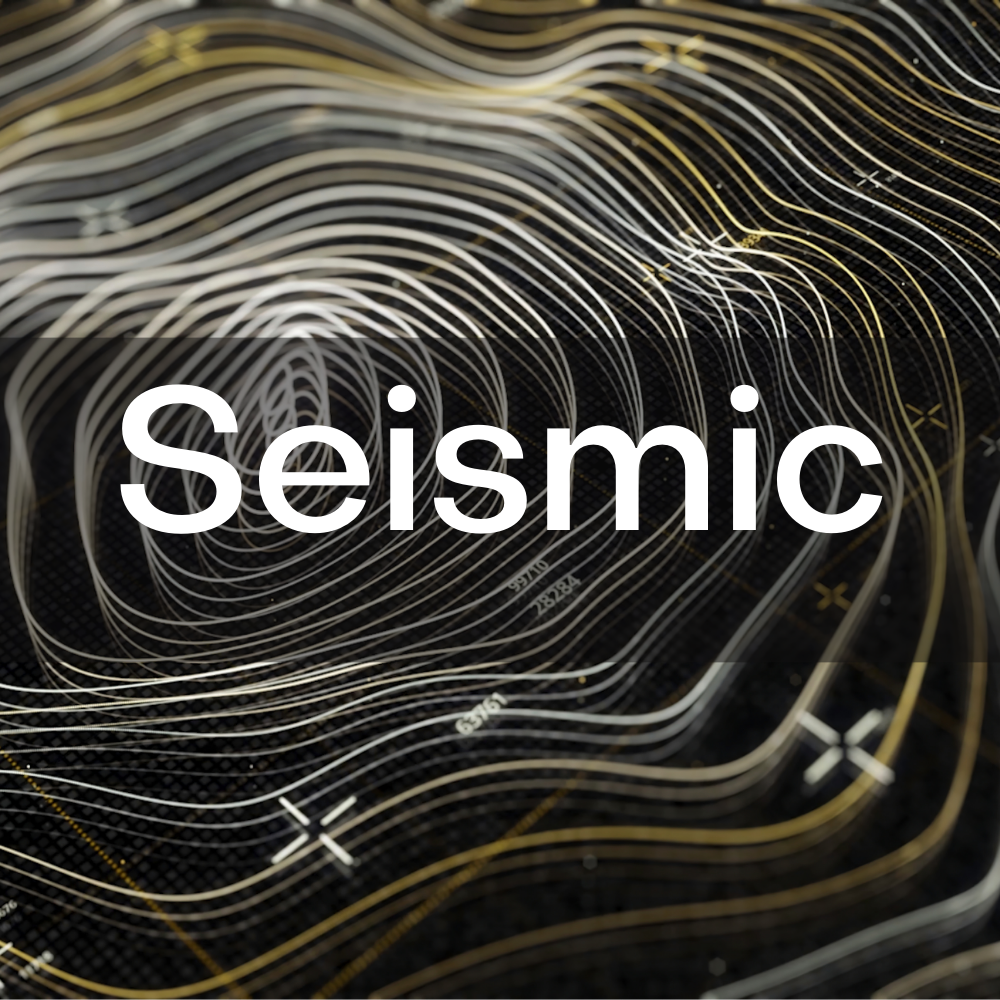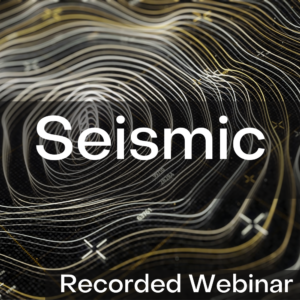Description
The Structural Engineers Association of California (SEAOC) and NCSEA have teamed up to deliver a brand new Web-Based Seminar Series for you on the newly-published Seismic Design Manual. This web-based Seismic Design Seminar will be delivered over six weeks in six 1.5 hour webinars by some of the industry’s best and brightest minds.
This Seminar will present on the following topics:
- Design of a cold formed steel building built on a concrete podium,
- Design of concrete shear walls with coupling beams,
- Design of concrete ductile coupled walls
- Design of steel deck diaphragms,
- Design of shallow foundations with liquefiable soils
- Design of pile foundations,
- Design of steel special concentrically braced frames,
- Design of steel eccentrically braced frames.
Each presentation will provide examples of IBC 2021/ASCE 7-16 problems that include a discussion of the provisions in the standard, speaking to big-picture concepts and the nuts and bolts of implementation.
This seminar is critical to practicing structural engineers, trained designers, building department engineers, plan review agencies, professors and students from across the nation as you can all learn from these examples of code-compliant designs engineered to achieve good performance under seismic design.
The registration fee for the Seminar is $595 for members ($995 for nonmembers), which includes all 9 hours of education. Each individual webinar can be purchased separately for $250 for members ($300 for nonmembers).
- Purchase all 6 webinars in the Seminar and have access to the recordings for 1 Year.
- The Seismic Design Manuals (or individual volumes) may also be purchased separately through ICC HERE.
- Each seminar purchase is per office location. If your firm is operating remotely, contact NCSEA at ncsea@ncsea.com on how to accommodate multiple users from the same location.
Please note: These webinars are not included in the NCSEA Webinar Subscription.
April 4 – Shallow Foundation Design with Liquefiable Soils and Pile Foundations, Presented by Katy Briggs, S.E., and Stephen Harris, S.E. – RECORDING IS NOW AVAILABLE!
Shallow Foundation Design with Liquefiable Soils
This presentation will go through Design Example 62 “Shallow Foundation Design with Liquefiable Soils”. The design example is based on an actual project in which an existing building on a site with liquefiable soils and with shallow foundations was required to be brought to current building code standards. It delves into ASCE 7-16 Section 12.13.9, discussing when shallow foundations can be used and for what parameters they must be designed on sites with liquefiable soils.
Pile Foundations
The presentation includes a review of Example 5 of Volume 3, which pertains to the design of a cast-in-place concrete pile foundation. The foundation addressed in the example is a post-tensioned concrete parking garage. However, the pile design methodology is applicable to any building. The presentation includes recommendations for coordination with the geotechnical engineer, determination of the most cost-effective geotechnical pile capacity for the project, determining the number of piles at each location, geotechnical and structural design of the piles to resist vertical and lateral loading, distribution of base shear, review of applicable Code requirements and recommendations for detailing.
April 11 – Cold Formed Steel Framed Building on Concrete Podium, Presented by Jeff Ellis, P.E., S.E. – RECORDING IS NOW AVAILABLE!
Many of the questions regarding cold-formed steel framed seismic force-resisting systems regard the which floor framing system should be used, overturning restraint options and their design and detailing, wall stud bracing design and detailing, the use of the overstrength and expected strength factors, and the difference between the latest and previous code design requirements. This presentation will focus on these aspects of design as covered in the SSDM design example.
April 18 – Special Concentrically Braced Frames, Presented by Rafael Sabelli, S.E. – RECORDING IS NOW AVAILABLE!
The presentation includes a review of Example 2 of Volume 4: design of a Special Concentrically Braced Frames (SCBF). The example goes through the steps of building analysis as required by ASCE 7, plastic-mechanism analysis as required by AISC 341 (the Seismic Provisions for Structural Steel Buildings), and member and connection design. Different gusset details and analysis methods are discussed.
April 25 – Eccentrically Braced Frames, Presented by Scott Adan, PhD, P.E., S.E. – RECORDING IS NOW AVAILABLE!
As research of steel lateral-resisting systems has evolved, eccentrically braced frames (EBFs) have emerged as a preferred economical solution to more traditional alternatives. It is essentially a hybrid, combining the stiffness of concentrically braced frames with the ductility and energy dissipation capacity of a moment frame. The design is based on applicable provisions of the American Institute of Steel Construction (AISC) Seismic Provisions for Structural Steel Buildings (AISC 341) and Prequalified Connections for Special and Intermediate Steel Moment Frames for Seismic Applications (AISC 358). This presentation will summarize current design provisions and focus on a recently published design example in Volume 4 of the 2015 SEAOC Structural/Seismic Design Manual.
May 2 – Reinforced Concrete Ductile Coupled Walls and Shearwall Building with Coupling Beams, Presented by Rahul Sharma, S.E., and Karl Telleen, S.E. – RECORDING IS NOW AVAILABLE!
Reinforced Concrete Ductile Coupled Walls
While the greater ductility of coupled wall lateral systems compared to uncoupled wall lateral systems has been recognized in the engineering community for some time, prior US buildings did not distinguish the two. A Ductile Couple Wall lateral system has now been added to both ACI 318-19 and ASCE 7-22, which will allow engineers to use a higher R-factor of 8 for this system. The system comes with prescriptive requirements that ensure its highly ductile response. This presentation will go over this newly adopted lateral system, its associated design requirements and an illustrative design example on this system which will be included as Design Example 8 in the 2021 IBC SEAOC Seismic Design Manual
Seismic Design of Concrete Walls: SEAOC Seismic Design Manual Volume III, Examples 1 &2
SEAOC Seismic Design Manual Volume III Example 1 covers seismic design of a solid (cantilever) concrete wall, and Example 2 is a concrete wall with openings and coupling beams. Both examples will be presented in parallel, focusing on key concepts including: desired behavior of concrete walls, design for flexure, bar cut-offs and lap splices, design for shear, effect of gravity framing, detailing of wall boundaries, detailing of coupling beams, and wall stiffness. The presentation will draw on observations and lessons learned from past earthquakes, in addition to code requirements and recommendations from research.
May 9 – Steel Deck Diaphragm Design, Presented by Matthew R. Eatherton, Ph.D., S.E. – RECORDING IS NOW AVAILABLE!
This presentation describes the seismic design of concrete-filled steel deck diaphragms based on the latest research. Design equations in the latest (and in some cases upcoming) code editions along with supporting research will be presented for the two basic limit states of diagonal tension cracking and shear transfer failure. An example will be provided to demonstrate the design of a concrete-filled steel deck diaphragm for these limit states using demands calculated with the alternative diaphragm design provisions in ASCE 7. Calculation of diaphragm deflections and design of shear transfer along collectors will also be discussed. The presentation will conclude with a description of how buildings will perform during earthquakes if designed using these approaches.


